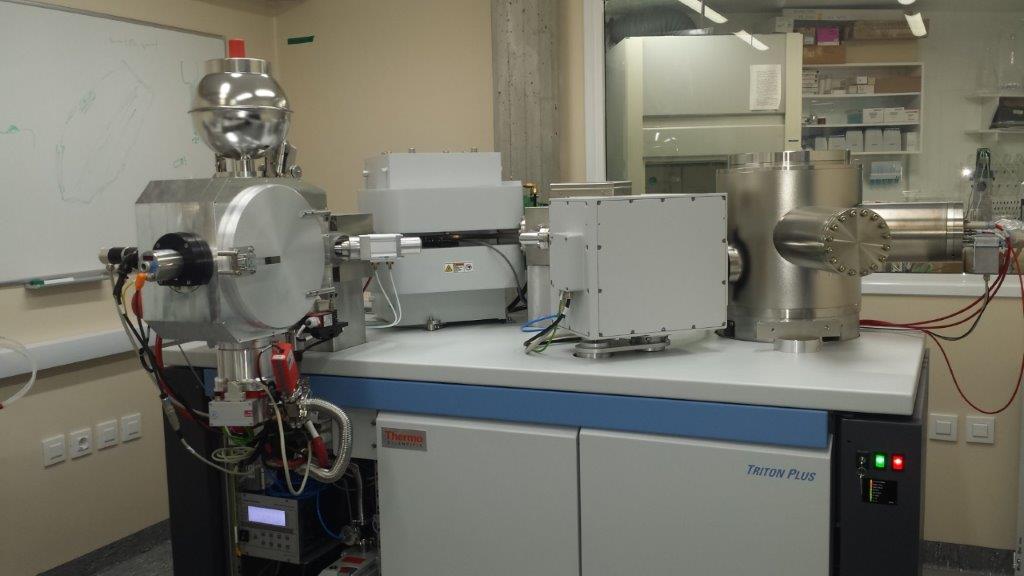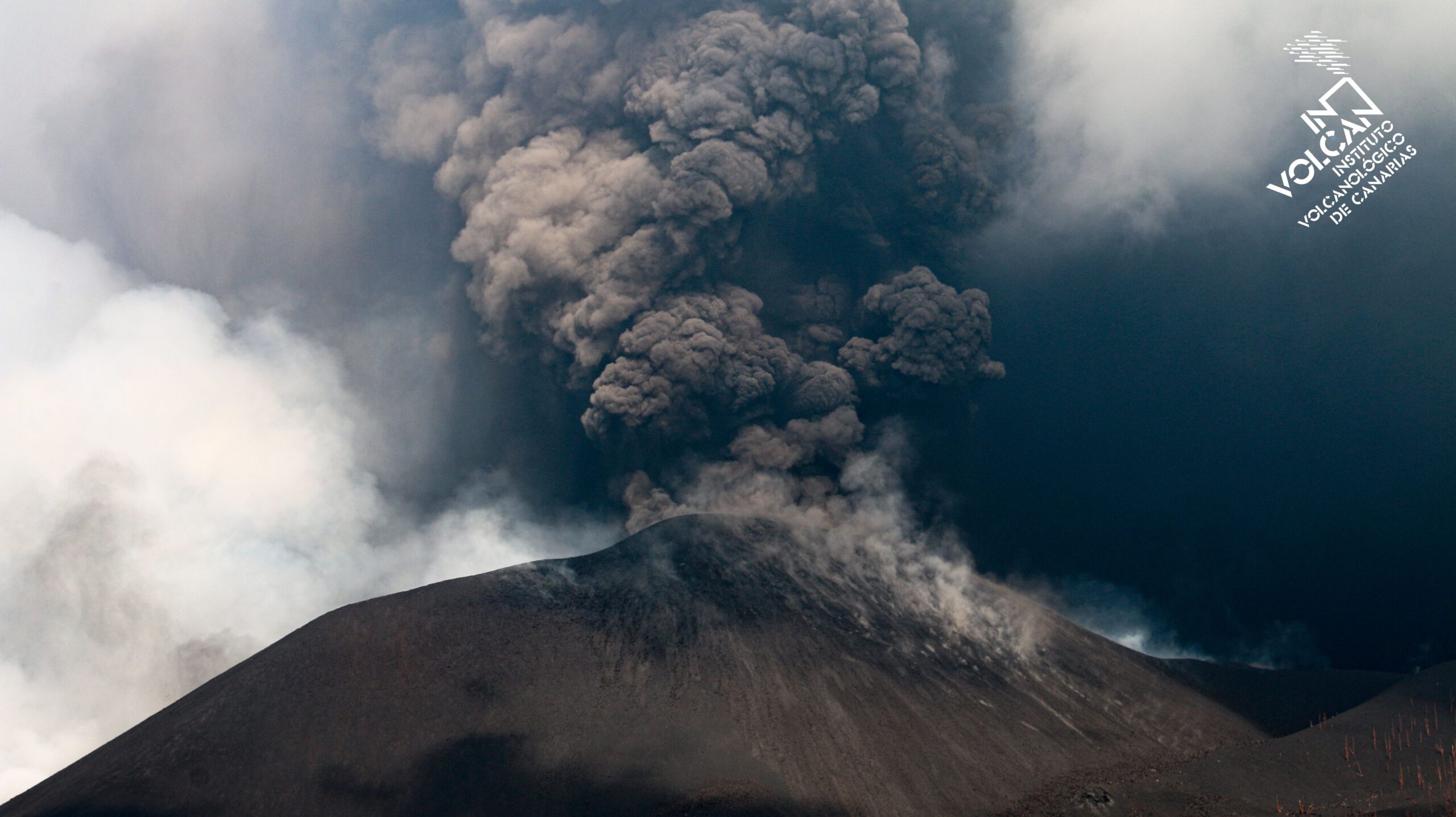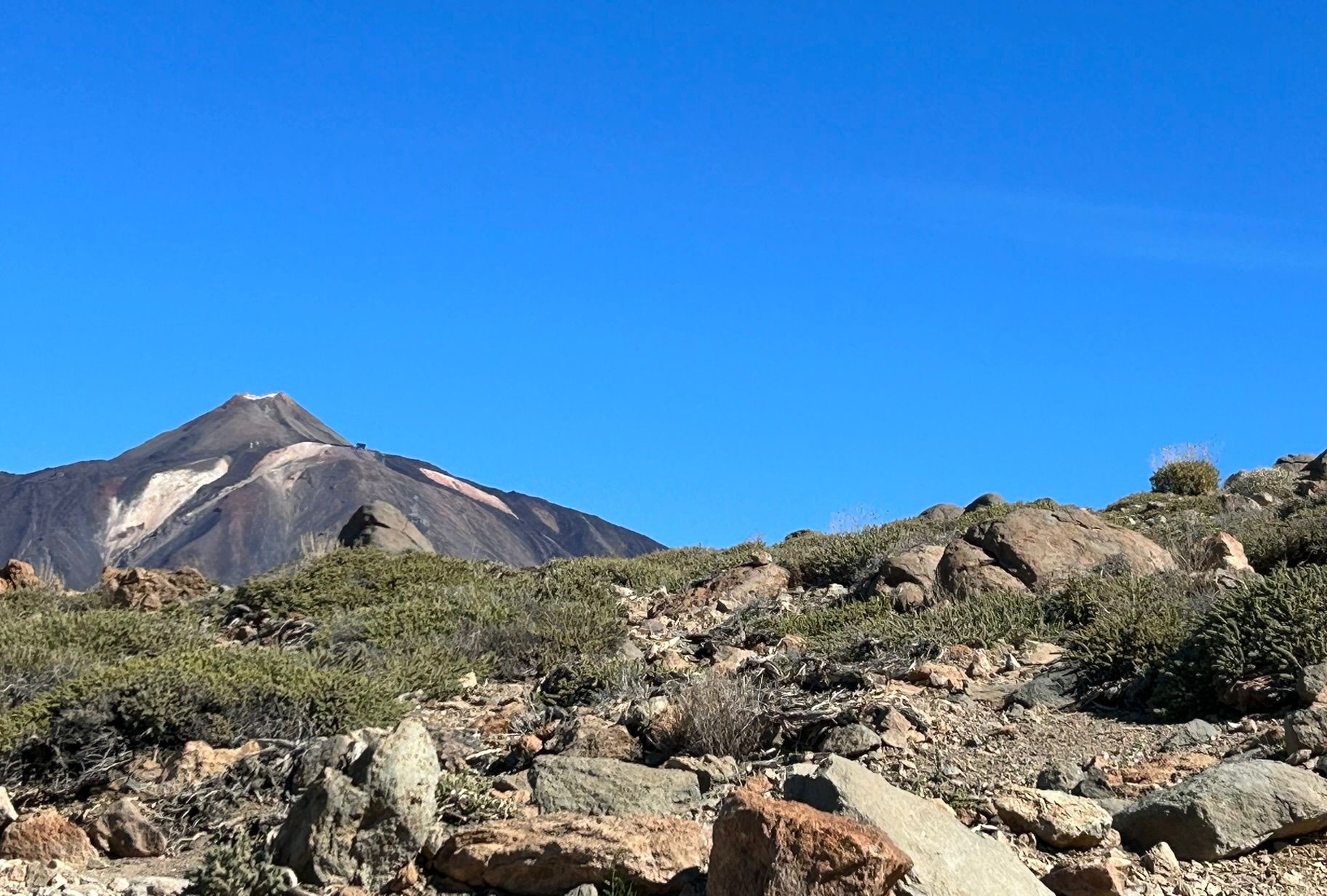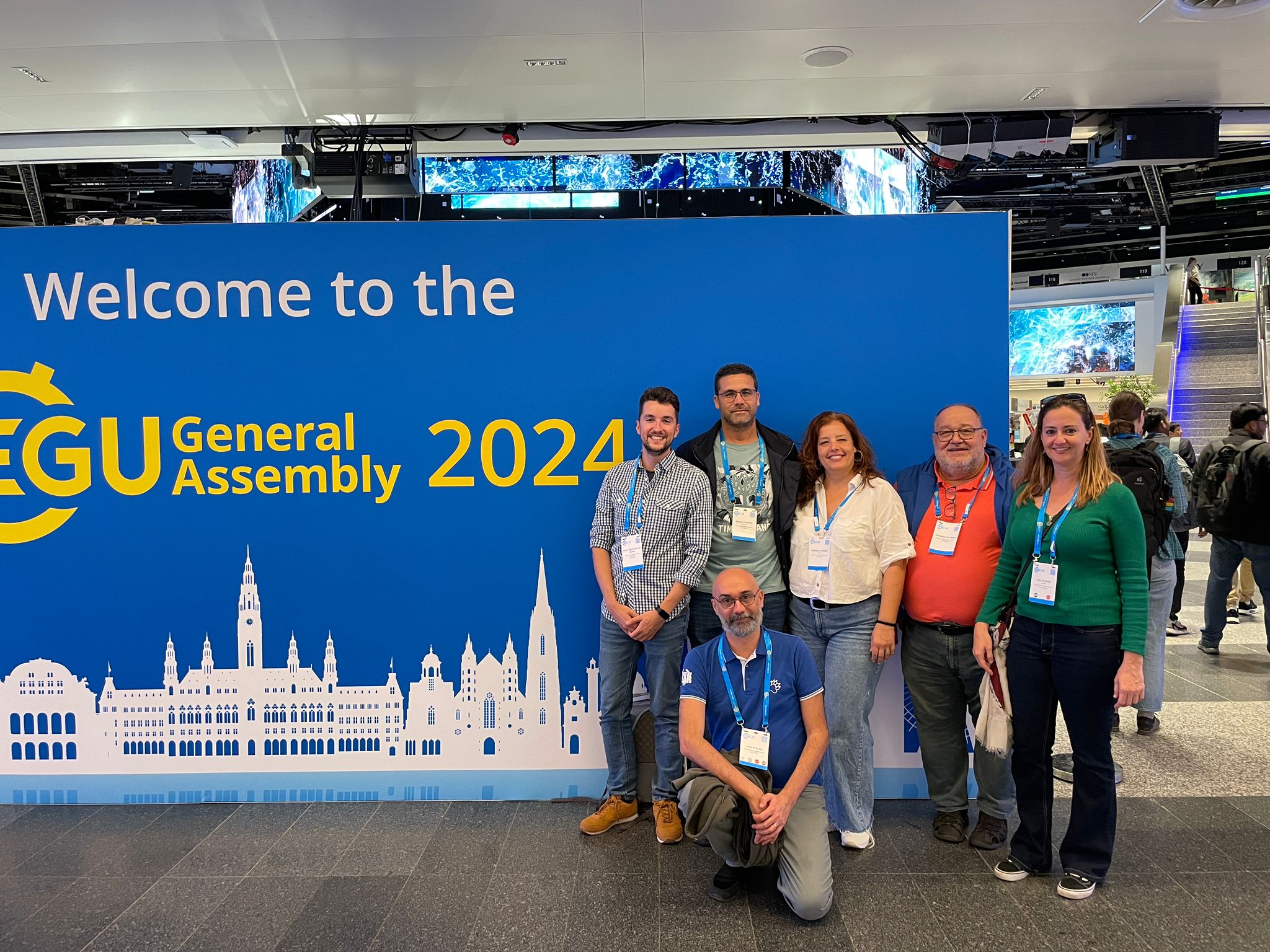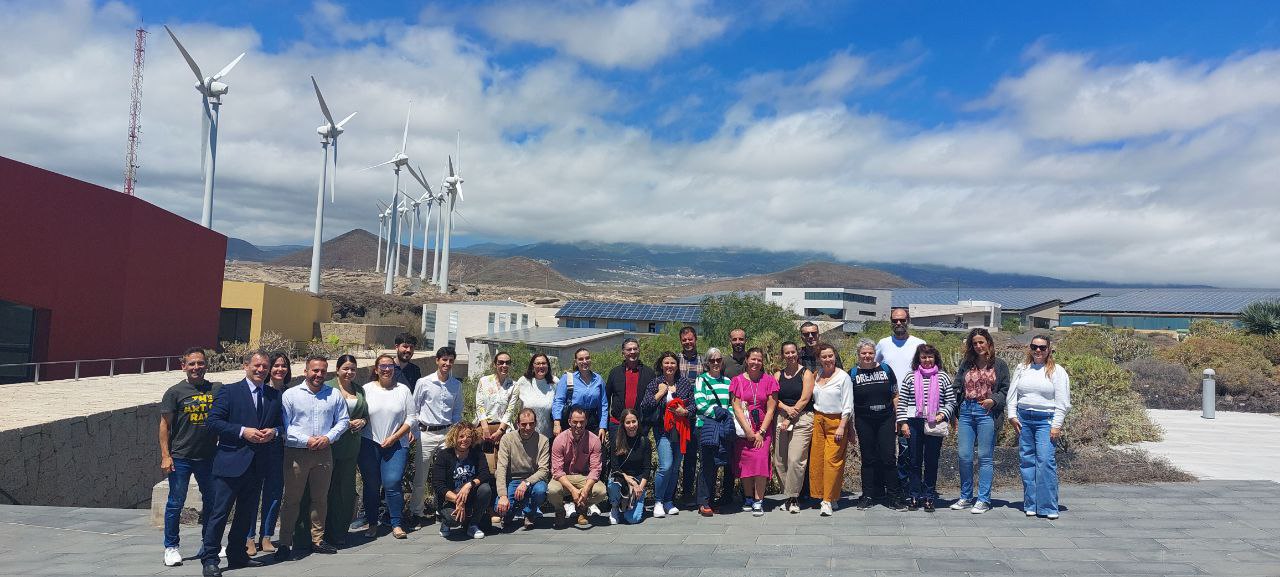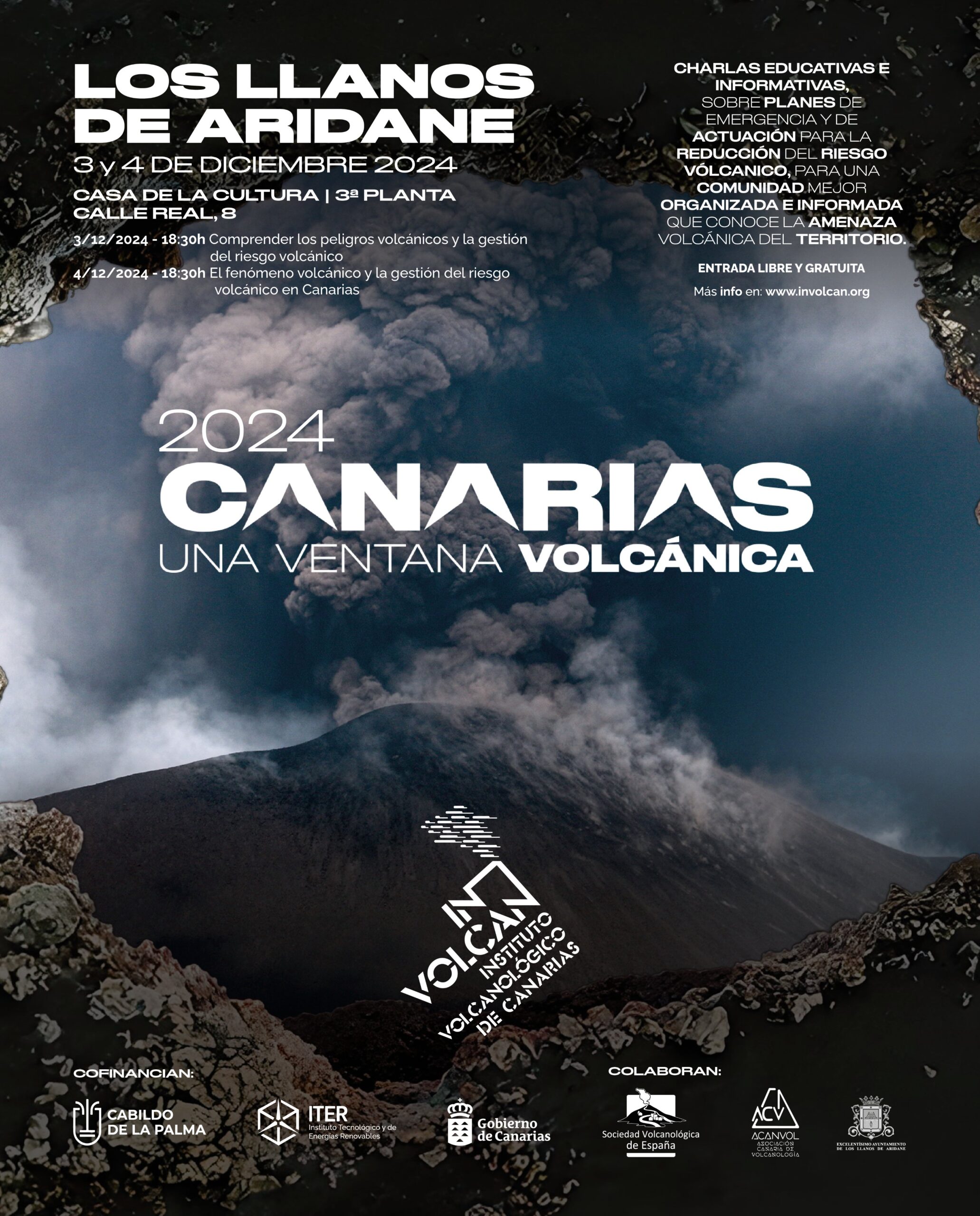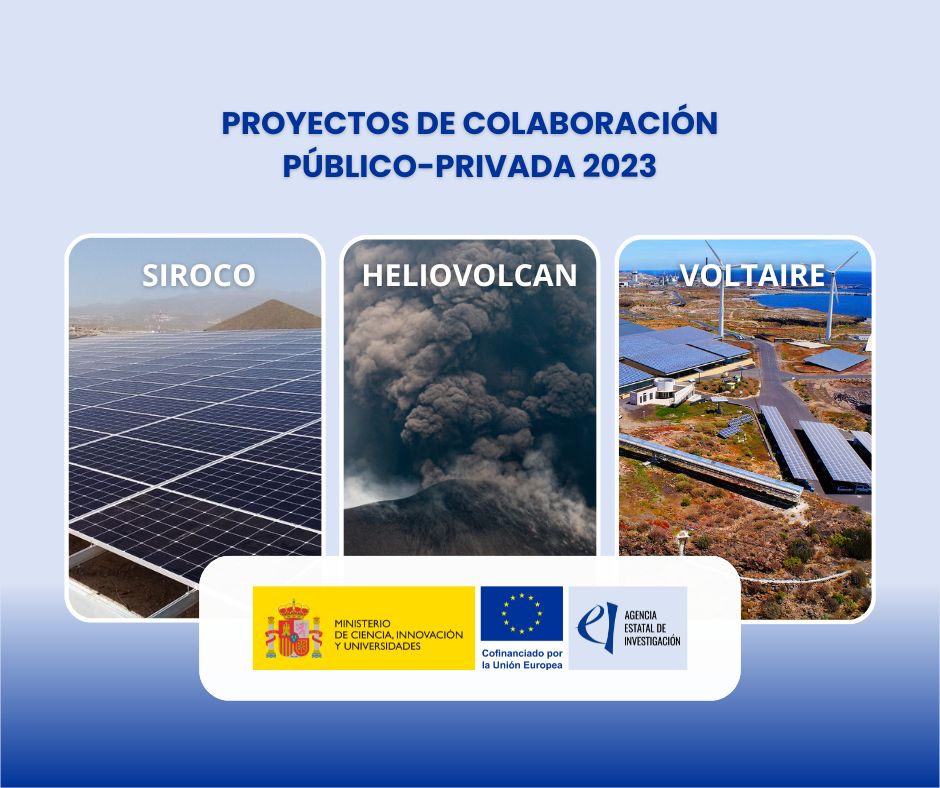TFAGUAS – DEVELOPMENT AND IMPLEMENTATION OF INNOVATIVE TECHNIQUES TO ASSESS SALINISATION IN COASTAL AQUIFERS OF TENERIFE
Project overview
The project ‘DEVELOPMENT AND IMPLEMENTATION OF INNOVATIVE TECHNIQUES TO ASSESS SALINISATION IN TENERIFE COASTAL AQUIFERS’ is part of the Strategic Framework for Island Development (MEDI) 2016-2025, and is co-financed by the Tenerife Innova Programme 2016-2021 coordinated by the Tenerife 2030 Area of the Island Council of Tenerife and by the Canary Islands Development Fund (FDCAN).

The main objective of the project is to evaluate and analyse the potential of isotope geochemistry systematics in order to develop a useful and effective tool for determining marine infiltration in coastal aquifers in Tenerife.
For many years, the lack of adequate groundwater research in the Canary Islands has been evident, and there are still important questions that need to be resolved. Identifying and quantifying the origin of salinisation, as well as determining the residence time of groundwater in our volcanic aquifers are two priority aspects on the research agenda on the Canary Islands’ water resources.
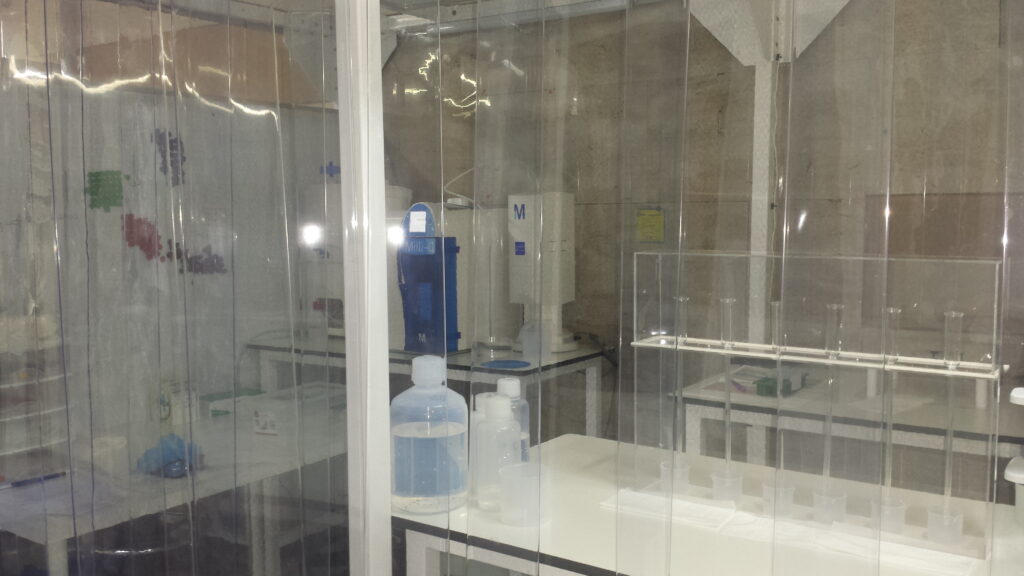
A broad knowledge of these two aspects will be very important for the future planning of the exploitation of our island volcanic aquifers. This task can be carried out through the study of isotopes that exist in the natural environment and which act as indicators and tracers of the hydrological system. The lack of technical resources and specialists in the Canary Islands will always mean a delay in scientific-technological development in this area, even though the Canary Islands is a unique laboratory in the world for the study of groundwater in volcanic terrain due to the large investments made by the private sector to collect it.
In the discussion and search for the origin of salinisation, strontium isotopic determinations (87Sr/86Sr) are a useful and effective tool due to the following reasons: (1) the existence of an isotopic signature of 87Sr/86Sr characteristic for the natural environment of the Canary Islands and well differentiated from the natural continental environment, and (2) the ‘non’ existence of a strontium isotopic fractionation process associated with physical, chemical, and biological mechanisms that govern the mobility of strontium (Sr) and its respective isotopes (87Sr and 86Sr) in the natural environment.
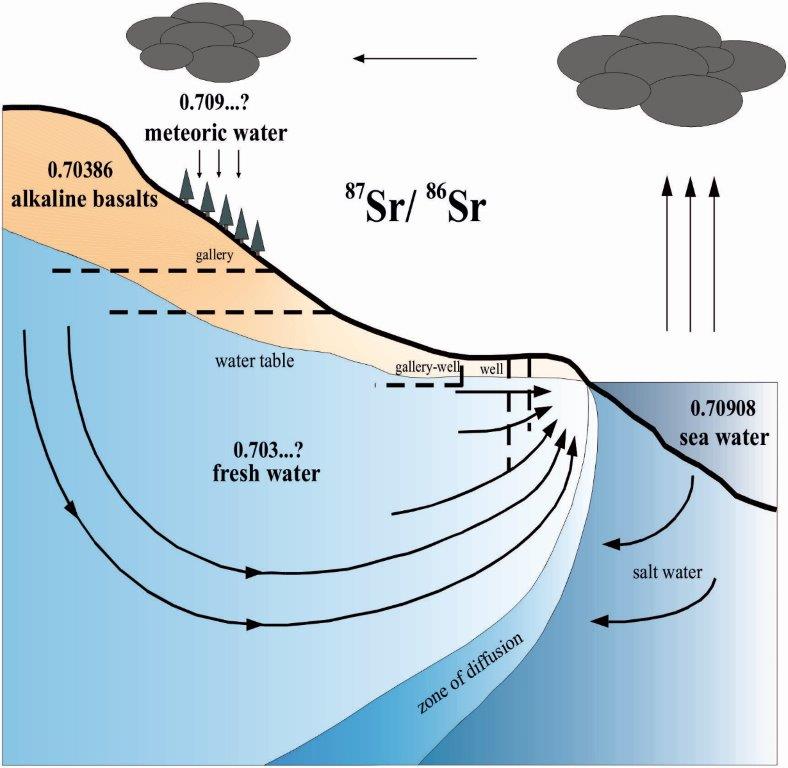
Links of interest:


